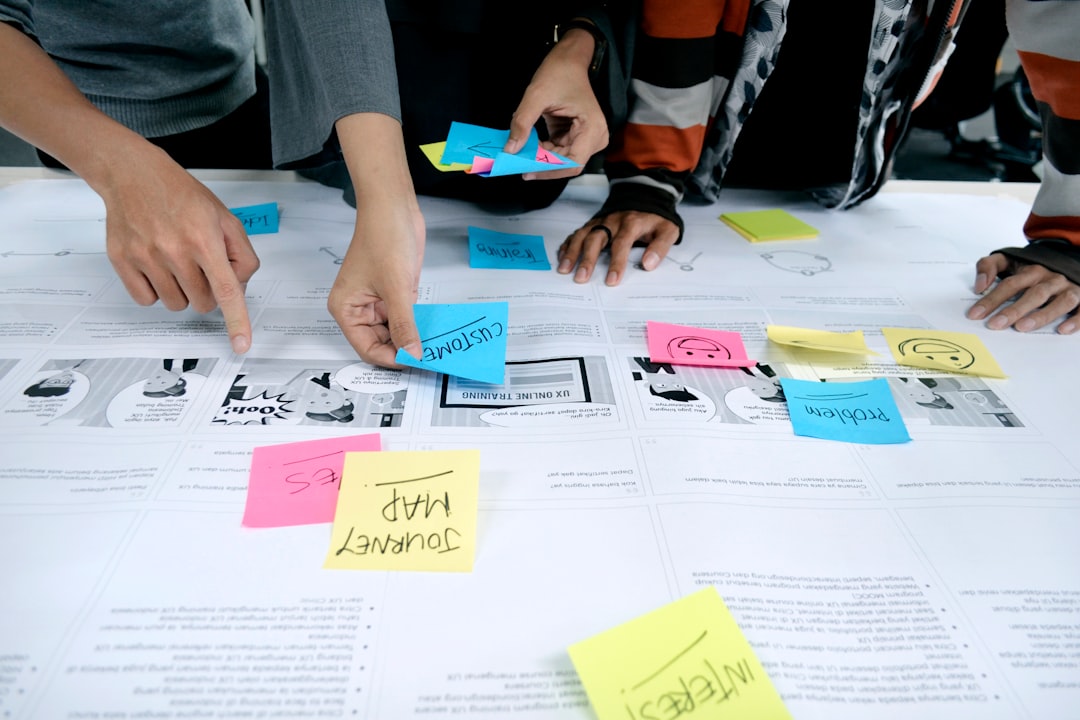What is it about?
We aim to find mechanisms that leave traces in product strands after short random sequence strands are ligated. This might provide a simultaneous selection and elongation mechanism that was relevant in the Origin of Life. Indeed, longer strands have paticular characteristics: they predominantly feature a base-composition that inhibits hairpin formation. They also show abundant ligation-site sequence patterns that are caused by a slightly biased initial sequence pool.
Featured Image

Photo by National Cancer Institute on Unsplash
Why is it important?
According to the famous RNA-world hypothesis long, self-folding RNA will emerge, that can catalyze reactions like RNA-ligation or even its own reproduction. However, those strands are long and have a very specific sequence. It is very unlikely that those structures emerged simply by chance and thus, a pre-selection mechanism was necessary. Our results show, that a selection pressure like templated ligation creates long, well hybridized double stranded oligomers, even when starting from a set of random sequences. This mechanism and the resulting strands are suitable precursors for downstream evolution processes like the emergence of first ribozyme sequences.
Perspectives
Our search for novel mechanisms that already appear in such a simple model system is an approach of combined experience. My lab and my co-authors with theoretical background combined their expertice and analysis method to create an experiment that can simulate evolution on a sequence level, even before the onset of Darwinian evolution. With previous publications this behavior was suspected, but the collaboration of analytical modelling, laboratory experiments and deep sequencing showed that new ideas might help the Origin of Life field in an unanticipated extend. We hope to motivate other research groups to follow Prof. Maslov's & Prof. Sneppen's provocative "bottom-down-approach" to shine light on more unexpected mechanisms in the simplest of model systems.
Dieter Braun
Ludwig-Maximilians-Universitat Munchen
Read the Original
This page is a summary of: Structured sequences emerge from random pool when replicated by templated ligation, Proceedings of the National Academy of Sciences, February 2021, Proceedings of the National Academy of Sciences,
DOI: 10.1073/pnas.2018830118.
You can read the full text:
Resources
Contributors
The following have contributed to this page










